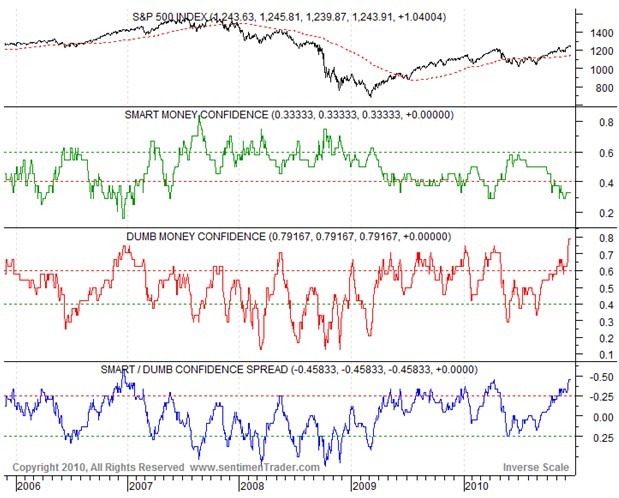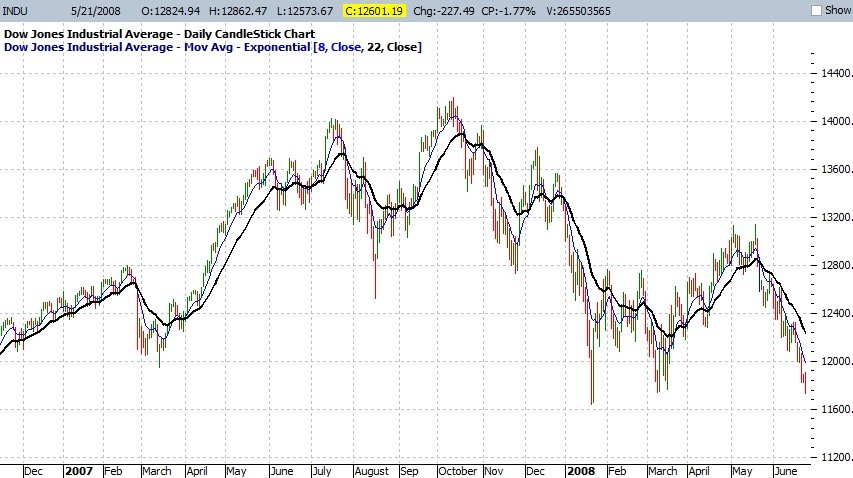Index Credit Spread Options Trading Advisory Service_1
Post on: 16 Март, 2015 No Comment

Strategy
A vertical credit option spread is constructed by buying one option and selling another option of the same type (call or put) in the same expiration month, where the option sold is more expensive than the option bought, resulting in a net credit to your trading account. With a credit spread there is a margin requirement based on the difference in the strike prices times the number of contracts ordered.
I started selling credit spreads because I discovered that I could consistently and safely generate a monthly return and cash flow. The key was choosing Put and Call options that were very FOTM (F ar O ut of T he M oney) and safe. I trade options that I expect to be worthless at expiration. My strategy is very boring and good for those desiring a steady 3% monthly return with minimal risk. I only process one Iron Condor trade a month and normally start with Bull Put or Bear Call Credit Spreads. When I can I will complete an Iron Condor to double the return.
An option has intrinsic value + time value. All my trades are far out of the money options so there is no intrinsic value, only time value. When I sell an out of the money option, and the option expires worthless, I only sold time. The term for the depreciation of a stock option as it gets closer to expiration is called time decay. I only trade credit spreads on the SPX, NDX and RUT broad based stock indexes and the SPY, QQQQ, DIA and IWM ETF indexes. I don’t get involved with individual stocks for two reasons:
1. Too much research required to pick a stock.
2. Risk — using a single stock opens yourself to big volatility risk from news event. Individual stocks can often make a 10 — 20% move in a day whereas the the broad based stock indexes remain stable.
My Trading Strategy and Goals
1) Earn consistent cash profits month after month averaging a minimum 3% (2%-5%) net monthly return. This is a 36% annualized return. Earn these profits in bull and bear markets.
2) 45-30 days away from the next expiration date enter one, or both sides, of an Iron Condor trade (Bull Put and Bear Call). These trades must have a very high probability of expiring worthless.
3) Prior to the expiration date I want to complete an Iron Condor trade by entering the other side (Bull Put or Bear Call). This doubles the return on the required margin capital that only covers one side of the Iron Condor.
Following are some additional important benefits of this option trading strategy:

Trading Capital
With this strategy your trading capital is only used to support margin requirements. Most option brokers allow you to invest this capital elsewhere to be used as collateral for spread trading. These brokers do not require margin to be in cash so you can actually earn more than just the spread premiums. Trading capital can be invested in closed-end funds that pay dividends monthly and are diversified across, preferreds, REITs, corporate bonds, floating rate loans, convertible bonds and other fixed instruments. Between the dividend yield and capital appreciation you can earn 7%-10% annually. Most brokers allow you to margin 100% of cash amounts, 90-95% of t-bill amounts and 50% of the stock accounts like closed-end funds. You can also trade credit spreads in an IRA account as long as the account balance is cash.
Capital Gains Taxes on Stock Option Index Trades (SPX, NDX and RUT Index trades only)
Short-term gains from most types of stock and option investing are taxed at the same rate as ordinary income. Long-term gains on stock and option investments held for more than 12 months are considered long-term and taxed at 15% in most cases. If your tax bracket is below 25% then long term gains are taxed only 5%.
The good news is that the gains from the stock index options trades we are trading are taxed differently than gains on individual stock options and stocks. Gains on our stock index spread trades are considered ITC Section 1256 contracts. This means any gains made in these trades are taxed under a 60/40 rule. This rule states that gains are treated as 60% long-term capital gain income and 40% short-term capital gain income (ordinary income) regardless of how long the investment was held. So when we hold a index spread trade for 30 days (our average holding period), 60% of the profit made from that trade is treated as long-term capital gain income and taxed at 15% or 5%. Please do not take this information as tax advice. Do your own research with a tax advisor like H&R Block.
Index Spread Options Trading.Com 2006 | All Rights Reserved














